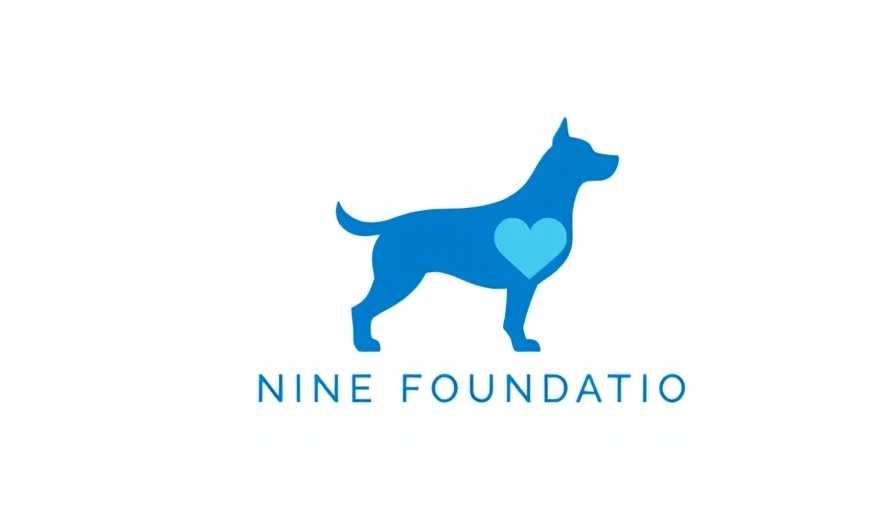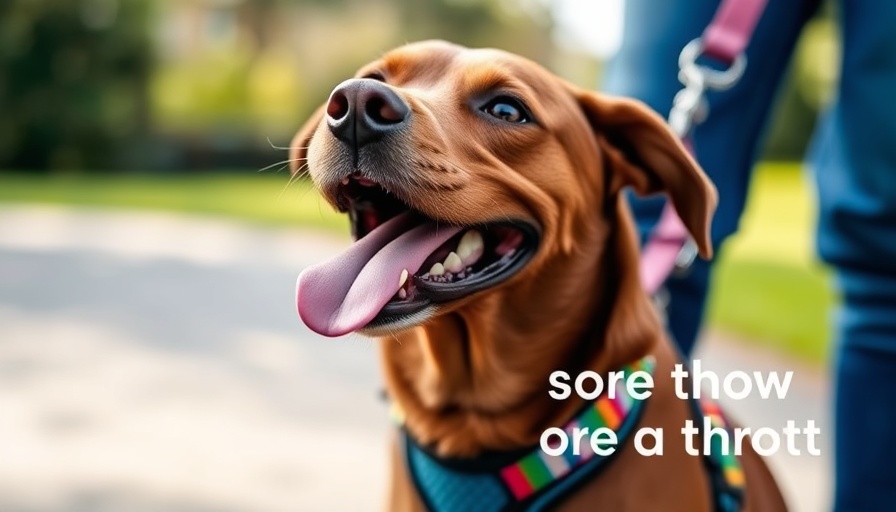
Unveiling a Pivotal Partnership in Canine Health
The recent announcement of Purina's generous donation of $111,910 to the AKC Canine Health Foundation (CHF) not only exemplifies corporate responsibility but marks a significant stride in advancing canine health research. The funding, part of the Purina Parent Club Partnership (PPCP) Program, reinforces the foundation's ongoing commitment to creating a better future for dogs.
Securing a Healthier Future for Our Beloved Companions
Since its inception in 2002, the PPCP Program has allocated over $9 million to various initiatives aimed at improving dogs' health. This remarkable figure highlights the importance of collaboration between entities like Purina and CHF in addressing canine health needs through rigorous scientific research and education. With the support of Purina Pro Club members, who earn points via purchases of qualifying Purina products, the funds generated contribute to significant advancements in canine health.
The Science Behind the Support
Purina’s Managing Director, Scott Smith, expressed immense pride in the program, emphasizing the collective goal of fostering a healthier future for dogs. This partnership is more than just financial support; it lays the groundwork for critical research initiatives that can lead to breakthroughs in canine health, which breeds can benefit greatly from. Dr. Stephanie Montgomery, the CEO of CHF, echoed this sentiment by thanking Purina for engaging a dedicated community of dog breeders and fanciers who actively contribute to enhancing the health of dogs.
Building a Legacy: Education and Community Engagement
Engagement is a crucial element of the PPCP Program's success. Beyond financial contributions, the collaboration fosters an informed community centered around canine health, where education is prioritized. Events such as the biennial National Parent Club Canine Health Conference provide platforms for sharing knowledge amongst professionals and dog owners alike. Such education initiatives encourage breed clubs to take an active role in health research and best practices.
Future Directions: The Role of Research and Nutrition
Research supported by the CHF is critical for moving the needle towards achieving better health outcomes in dogs. By allocating funds to high-quality canine health research, CHF has helped pioneer discoveries that prevent, treat, and cure various canine diseases. Coupling these research efforts with Purina's innovative nutritional science creates a strong foundation for the health of future generations of dogs.
The Impact of Generosity and Community Together
The impact of the PPCP Program extends far beyond financial assistance; it inspires community involvement in health-related initiatives. As Purina promotes participation in canine health research, it urges dog owners to engage directly in studies that enhance the quality of life for their pets. This approach exemplifies a democratic structure where owners of all breeds can contribute to scientific progress.
Join the Cause: Your Pet Deserves the Best
As dog lovers, participating in initiatives like those led by Purina and CHF is necessary to ensure the longevity and quality of life for our furry friends. The more we engage in health research, the better chance our beloved pets have at living healthier lives. Let's take an active role in supporting the generations to come!
 Add Row
Add Row  Add
Add 




Write A Comment